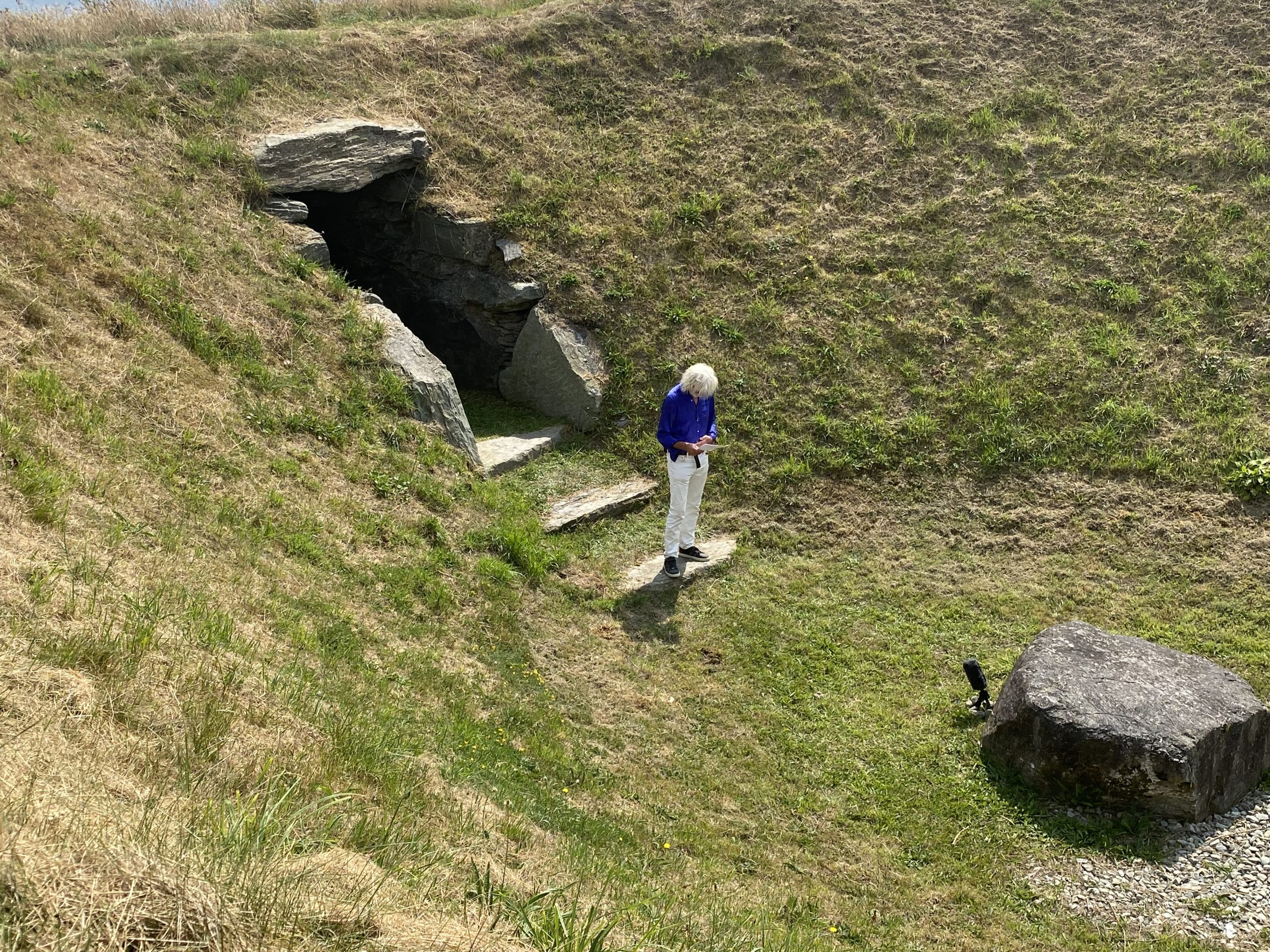“This sacred and hallowed ground.” Bob Geldof is standing at Reen Farm in West Cork. It is the home of John Kelly, the sculptor and his wife Christina Todesco Kelly. Their garden, Geldof says, has become a “work of art and that art is also a place of remembrance”. It is why Geldof is here, standing in the sky garden recalling what took place on this land in 1846. On this headland, in 1846, a Justice of the Peace Nicholas Cummins visited the village of South Reen where approximately 200 people lived. The famine was worsening, a famine, which Geldof…
Cancel at any time. Are you already a member? Log in here.
Want to read the full story?
Unlock this article – and everything else on The Currency – with an annual membership and receive a free Samsonite Upscape suitcase, retailing at €235, delivered to your door.

